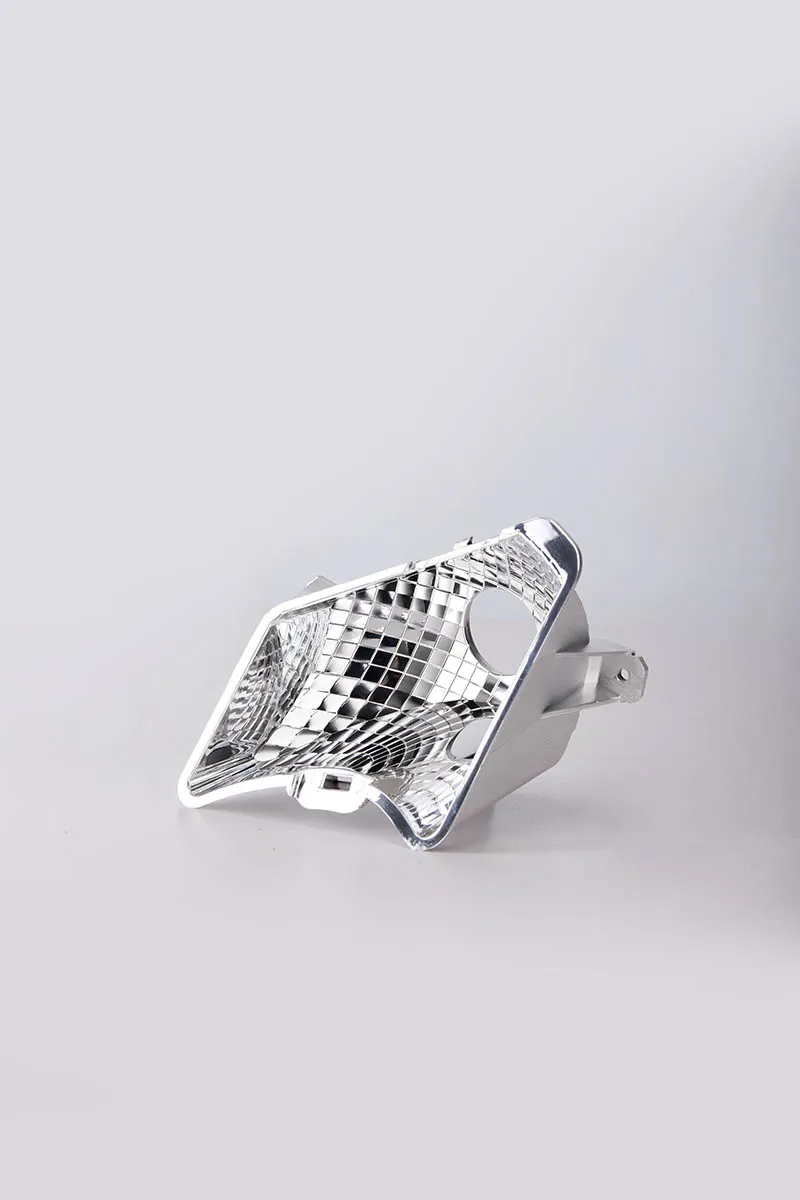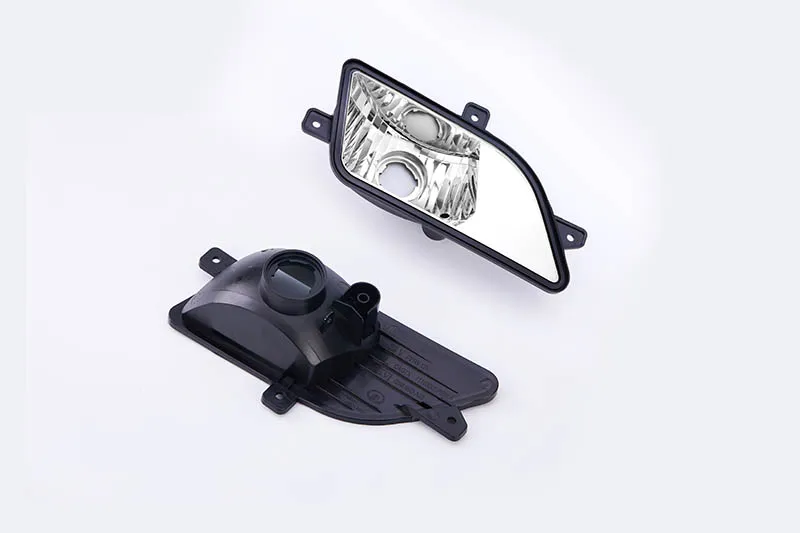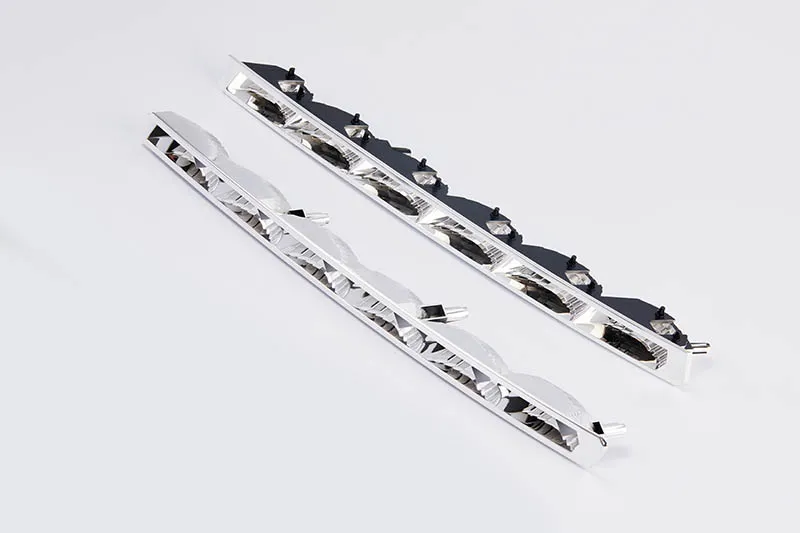Introduction
The longevity and optimal performance of a vehicle largely depend on the quality and maintenance of its components. Automotive parts are subjected to wear and tear over time due to exposure to harsh driving conditions, environmental factors, and regular use. Proper maintenance is essential to ensure that each part continues to function efficiently, minimizing the risk of breakdowns and maximizing the vehicle’s lifespan. This article explores the importance of regular maintenance for automotive parts, provides tips on how to maintain key components, and highlights common issues that may arise during a vehicle’s lifecycle.
The Importance of Regular Maintenance
Regular maintenance of automotive parts is crucial for several reasons. By addressing small issues before they escalate into major problems, vehicle owners can reduce the cost of repairs and improve the overall reliability and safety of their vehicle. The maintenance of automotive parts also helps to:
- Enhance Safety: Properly maintained parts, such as brakes, tires, and suspension systems, ensure that the vehicle operates safely and responds well to road conditions. Neglecting maintenance can lead to failures that compromise driver and passenger safety.
- Improve Fuel Efficiency: Well-maintained parts contribute to the vehicle’s overall fuel efficiency. For example, clean air filters, properly inflated tires, and well-lubricated engines all help to reduce fuel consumption.
- Extend Vehicle Lifespan: Regular maintenance ensures that the components of the vehicle function as intended, preventing premature wear and costly breakdowns. This can significantly extend the overall lifespan of the vehicle.
- Increase Resale Value: A well-maintained vehicle retains its value better than one that is neglected. For potential buyers, knowing that the vehicle has been properly cared for can be a major selling point.
Key Automotive Parts and Their Maintenance
Each automotive part has unique maintenance needs based on its function, materials, and exposure to various conditions. Here are some of the most critical components and tips for their maintenance:
1. Engine Components
The engine is the heart of any vehicle, and its components require regular maintenance to ensure smooth operation.
- Oil Changes: One of the most basic yet essential aspects of engine maintenance is changing the engine oil regularly. Oil lubricates the engine’s moving parts, reducing friction and preventing overheating. Over time, the oil breaks down and becomes less effective, so changing the oil at manufacturer-recommended intervals is crucial for engine health.
- Air and Fuel Filters: Air filters prevent debris and dirt from entering the engine, while fuel filters ensure clean fuel reaches the combustion chamber. Both filters should be inspected regularly and replaced if clogged or damaged. Dirty filters can affect engine performance, leading to poor fuel efficiency and increased emissions.
- Cooling System: The engine’s cooling system prevents it from overheating by circulating coolant through the engine. Regularly checking coolant levels and inspecting hoses for leaks are important maintenance tasks. It’s also essential to flush the cooling system and replace the coolant at the manufacturer-recommended intervals to prevent corrosion and scale buildup.
- Spark Plugs: Spark plugs ignite the air-fuel mixture in the engine. Over time, spark plugs can wear out and affect engine performance. Replacing them regularly ensures smooth engine operation, better fuel efficiency, and reduced emissions.
2. Brake System
The brake system is one of the most vital safety components of any vehicle. Proper maintenance is necessary to ensure it functions effectively and safely.
- Brake Pads: Brake pads wear down over time due to constant friction. It’s important to check the brake pads periodically for wear and replace them before they become too thin. Worn brake pads can cause damage to the rotors, leading to expensive repairs.
- Brake Fluid: Brake fluid is responsible for transferring the force applied on the brake pedal to the braking components. Over time, brake fluid can become contaminated, reducing its effectiveness. Regularly checking and changing the brake fluid ensures that the braking system works optimally.
- Brake Rotors and Discs: Brake rotors and discs are exposed to high levels of stress and can warp or become uneven with use. Regular inspections for signs of wear or damage are necessary. Resurfacing or replacing damaged rotors ensures that the braking system remains responsive and smooth.
3. Tires and Suspension
The tires and suspension system directly affect the vehicle’s handling, comfort, and safety. Proper maintenance can improve ride quality, enhance vehicle control, and extend tire life.
- Tire Pressure and Alignment: Regularly checking tire pressure is one of the simplest and most effective ways to maintain tire health. Under-inflated tires can lead to poor fuel efficiency, reduced handling, and increased tire wear. Proper wheel alignment is also essential to prevent uneven tire wear and ensure the vehicle drives straight.
- Tire Rotation and Balancing: Tires should be rotated regularly to ensure even wear across all four tires. This is especially important for vehicles with front-wheel drive or rear-wheel drive, as the front and rear tires experience different levels of wear. Balancing the tires ensures that they wear evenly and that the vehicle handles smoothly.
- Suspension System: The suspension system absorbs shocks and ensures a smooth ride. Over time, the components of the suspension system, such as shocks, struts, and springs, can wear out. Inspecting the suspension system regularly for signs of leaks, noises, or damage is important for maintaining ride comfort and vehicle stability.
4. Electrical Components
Modern vehicles are equipped with various electrical components that power everything from lights to infotainment systems. Maintaining these components is crucial for ensuring that the vehicle operates reliably.
- Battery Maintenance: The battery is responsible for starting the engine and powering electrical systems. Regularly checking the battery’s charge, cleaning the terminals to prevent corrosion, and replacing the battery when necessary can prevent sudden failures. Extreme temperatures can also affect battery performance, so it’s essential to monitor battery health in harsh conditions.
- Lights and Wiring: Headlights, taillights, and interior lights should be checked regularly to ensure they are working properly. Faulty wiring can lead to electrical issues or short circuits, so periodic inspections can prevent breakdowns and ensure safety.
- Fuses and Relays: The fuses and relays protect the vehicle’s electrical system from damage caused by power surges. If a fuse blows or a relay malfunctions, it can cause electrical failures in various parts of the vehicle. Replacing blown fuses and malfunctioning relays promptly prevents larger electrical issues.
5. Transmission and Drivetrain
The transmission and drivetrain are responsible for transferring power from the engine to the wheels. Proper maintenance is crucial to prevent costly repairs and ensure smooth shifting and acceleration.
- Transmission Fluid: Like engine oil, transmission fluid lubricates the moving parts of the transmission system. Over time, transmission fluid can become contaminated, which can affect the smooth shifting of gears. Regularly checking and changing the transmission fluid ensures that the transmission operates efficiently.
- Drive Belts and Chains: Drive belts and chains transmit power to various components, including the alternator, water pump, and air conditioning compressor. Regularly inspecting these parts for wear and replacing them when necessary prevents breakdowns and ensures the proper functioning of the vehicle’s accessories.
Common Maintenance Issues and Solutions
While regular maintenance can prevent most issues, certain problems may arise during the life of the vehicle. Identifying and addressing these problems early can save time and money.
- Overheating Engine: An overheating engine can result from issues such as a faulty thermostat, low coolant levels, or a clogged radiator. Regularly inspecting the cooling system and addressing any signs of overheating immediately can prevent severe engine damage.
- Unusual Noises: Unusual noises, such as squeaking or grinding sounds, often indicate problems with the brake system, suspension, or belts. Diagnosing the source of the noise early and addressing the issue can prevent further damage.
- Poor Fuel Economy: A sudden drop in fuel economy can be caused by a variety of factors, including dirty air filters, misfiring spark plugs, or tire pressure issues. Regularly checking these components can help identify and resolve the underlying cause.
- Vibration or Shaking: If the vehicle vibrates or shakes during driving, it may indicate problems with the tires, suspension system, or alignment. Identifying and fixing the root cause of the vibration can improve vehicle handling and comfort.
Conclusion
Maintaining automotive parts is essential for ensuring the safety, performance, and longevity of a vehicle. By adhering to regular maintenance schedules, addressing minor issues promptly, and ensuring that key components are in good condition, vehicle owners can avoid costly repairs and enjoy a reliable driving experience. Whether it’s checking fluid levels, replacing worn-out parts, or inspecting key systems, the effort put into maintaining automotive parts pays off in the long run by enhancing the vehicle’s performance and ensuring a safe and efficient ride.




